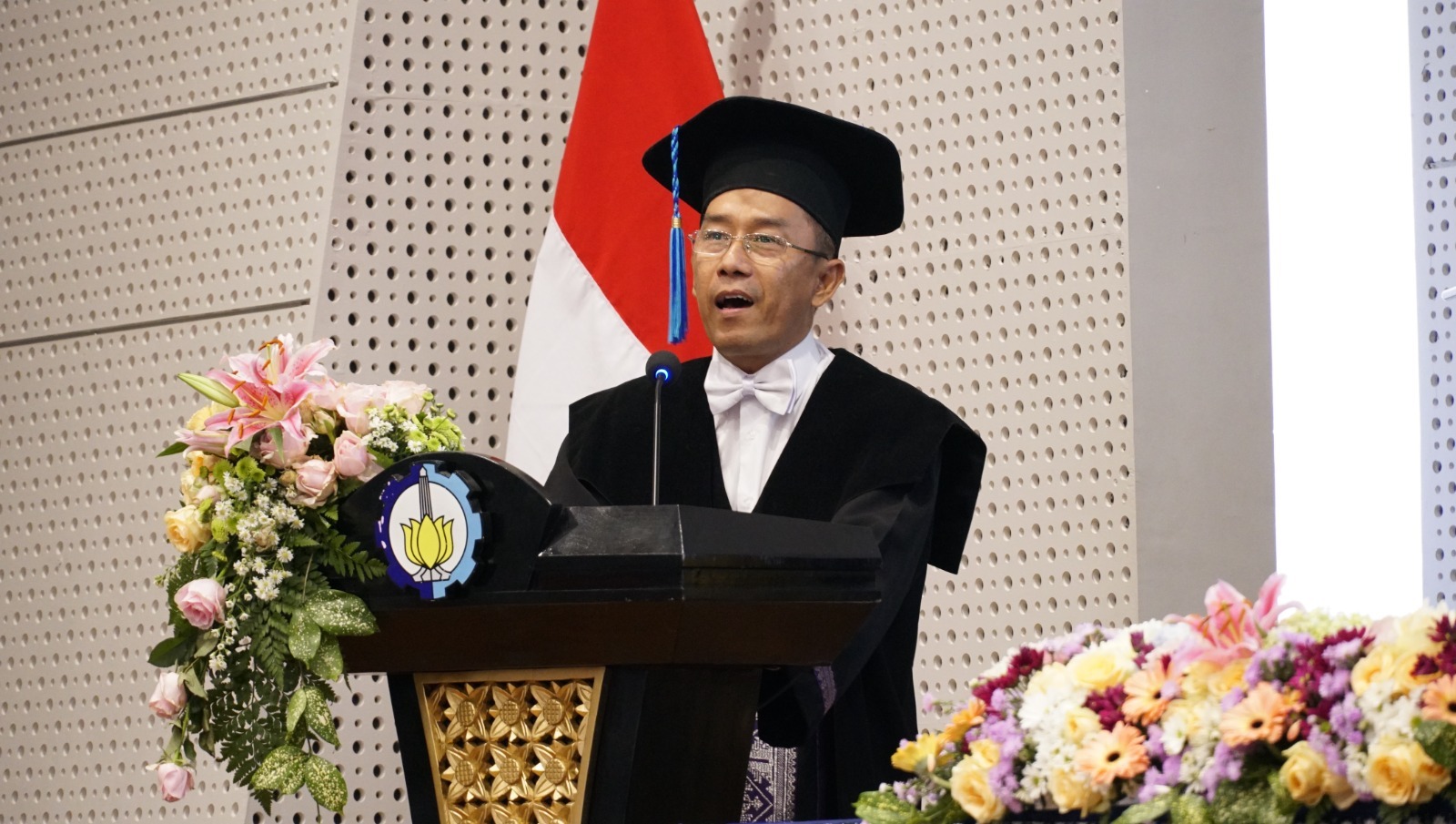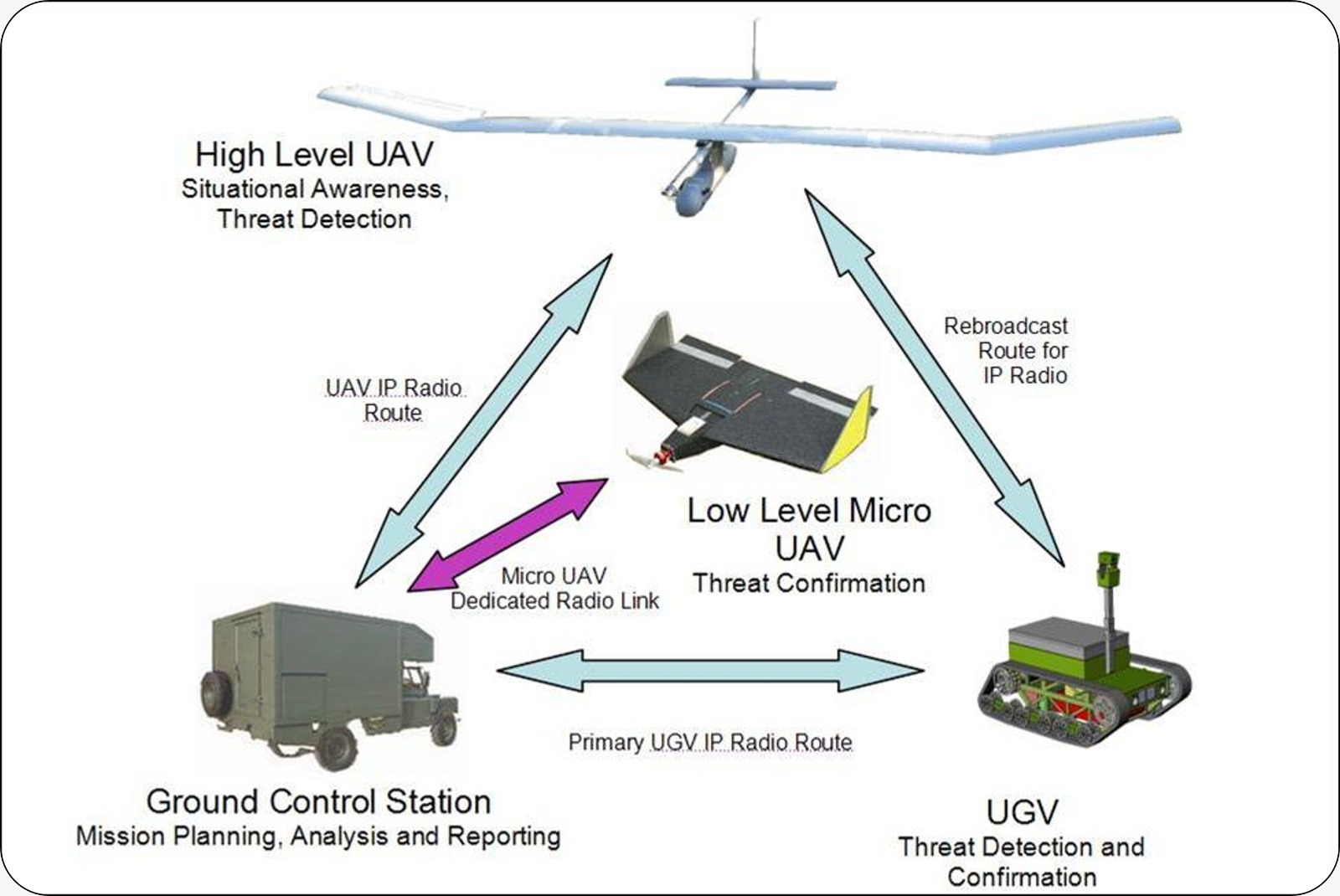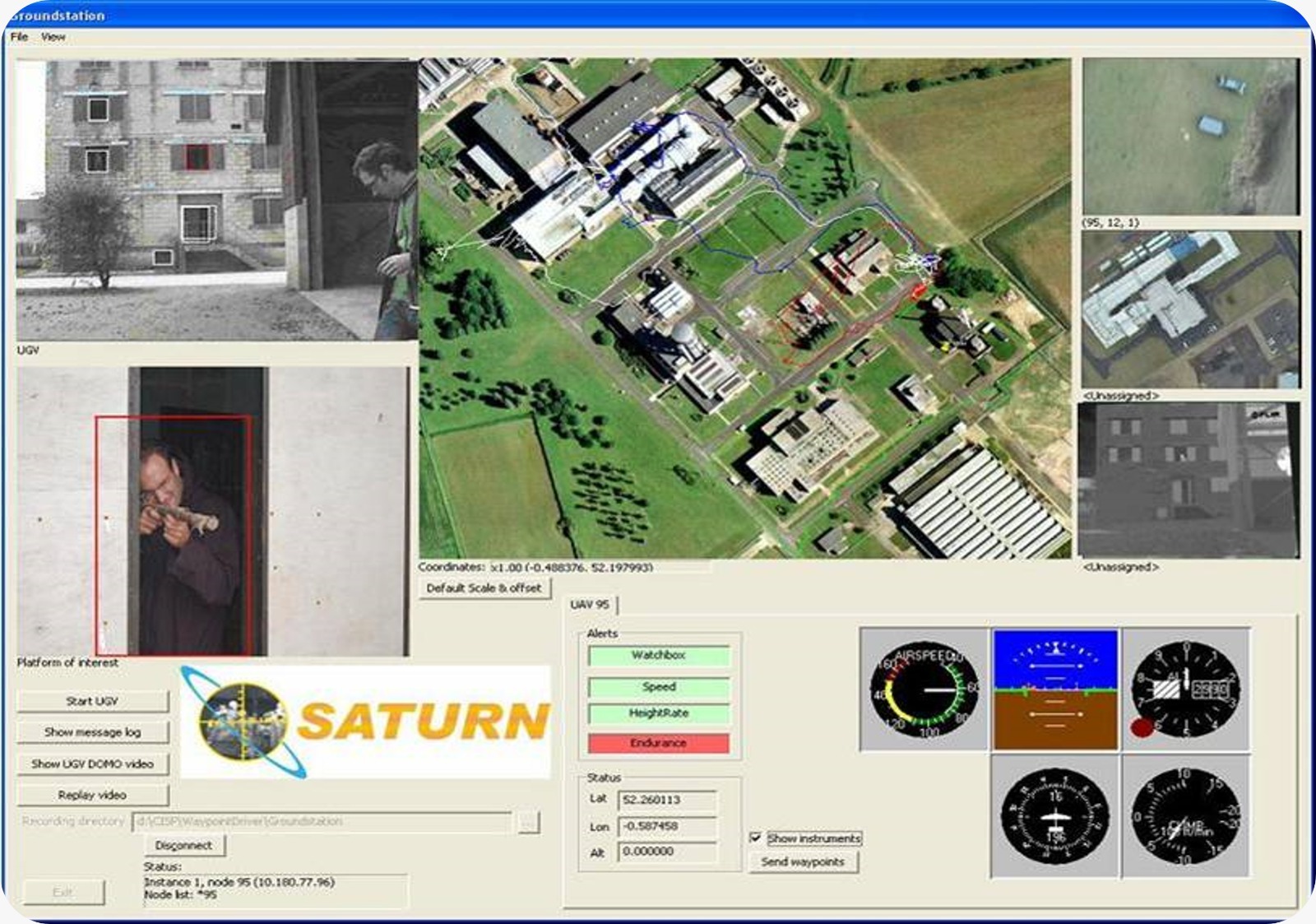Strengthening the Surveillance System, ITS Professor Develops Unmanned NGC

Prof. Subchan SSi MSc PhD delivered his scientific oration regarding system optimization during his inauguration procession as the 162nd ITS Professor
ITS Campus ITS, ITS News – Current tensions between Russia and Ukraine require both parties to frequently utilize technology and Artificial Intelligence (AI) to carry out their missions. Inspired by this phenomenon, Professor from t15he Department of Mathematics, Institut Teknologi Sepuluh Nopember (ITS) Prof Subchan SSi MSc PhD conducted research related to Navigation, Guidance and Control (NGC) in unmanned systems to improve surveillance performance.
Through research which was used as his inauguration scientific oration as ITS’s 162nd Professor, Subchan said that the unmanned system he developed was strongly guided by NGC. He explained that navigation is the process of determining location, guidance acts as a guide to the path that must be followed, and control is an actuator to adjust the vehicle’s trajectory as desired. “Without NGC, aircraft and unmanned ground vehicles would not be able to operate properly,” said the doctoral alumnus of the Department of Aerospace Powers and Sensors, Cranfield University, England.
This man who was born in Jombang, May 13, 1971 explained that the unmanned system he developed had three stages of the process. The first is the process of identifying environmental conditions carried out by High-Level Unmanned Aerial Vehicles (UAV) and Unmanned Ground Vehicles (UGV), where this process is the beginning of identifying hazards in an area. “This stage is generally carried out to see temporary environmental conditions,” he explained.

Illustration of an unmanned system developed by Prof. Subchan SSi MSc PhD, ITS Mathematics Professor
The next stage is confirmation of the situation by Low-Level Micro UAV and UGV. At this stage, the Micro UAV and UGV will receive a signal from the main UAV which directs it to take pictures and confirm the presence of danger in the area that has been created. After receiving the image, the third stage is the decision making stage, where the Ground Control Station (GCS) will review the data obtained from the UAV and UGV as a basis for decision making.
The Professor in the Department of Mathematics said that this research would support and speed up the monitoring and decision-making process at a surveillance stage. It was not only the unmanned concept that he emphasized, but this research has the potential to be utilized in the field of national defense technology. “With a robust route-taking system and automatic danger detection, the Indonesian military will be more efficient in protecting the homeland,” he said.

Screen illustration on a control system using NGC Unmanned Systems
In addition to high efficiency in unmanned systems, users of these systems will have accurate data information on the control system. According to Subchan, the control system he created is integrated with sensors in the field with the aim of making analysis easier. The data captured by the UAV and UGV has been well visualized through this system of unmanned NGC, so that tactical decisions can be made quickly.
With the birth of this research, Subchan hopes that Indonesia will be more responsive in facing dangers, both from land, sea and air. Not only military threats, he added that this research could be developed into other fields such as natural disaster management, natural disaster evacuation and other dangers. “I did this research as a form of my love for my homeland and the security of the Indonesian people,” he concluded. (ITS PR)
Reporter: Bima Surya Samudra
Translator: Nabila Aprilia Putri
Related News
-
Faithful in Times of Joy and Sorrow, Married Couple Graduate with Doctorates Together at ITS
ITS Campus, ITS News — As though guided by one heart and one soul, Dr Hanugra Aulia Sidharta ST
August 31, 2023 13:08 -
ITS Wins 2024 Project Implementation Award for Commitment to Gender Implementation
ITS Campus, ITS News —Not only technology-oriented, Institut Teknologi Sepuluh Nopember (ITS) also show its commitment to support gender
August 31, 2023 13:08 -
ITS Professor Researched the Role of Human Integration in Sustainable Architecture
ITS Campus, ITS News –The developing era has an impact on many aspects of life, including in the field
August 31, 2023 13:08 -
ITS Sends Off Group for Joint Homecoming to 64 Destination Areas
ITS Campus, ITS News — Approaching Eid al-Fitr, the Sepuluh Nopember Institute of Technology (ITS) is once again facilitating academics who want
August 31, 2023 13:08
